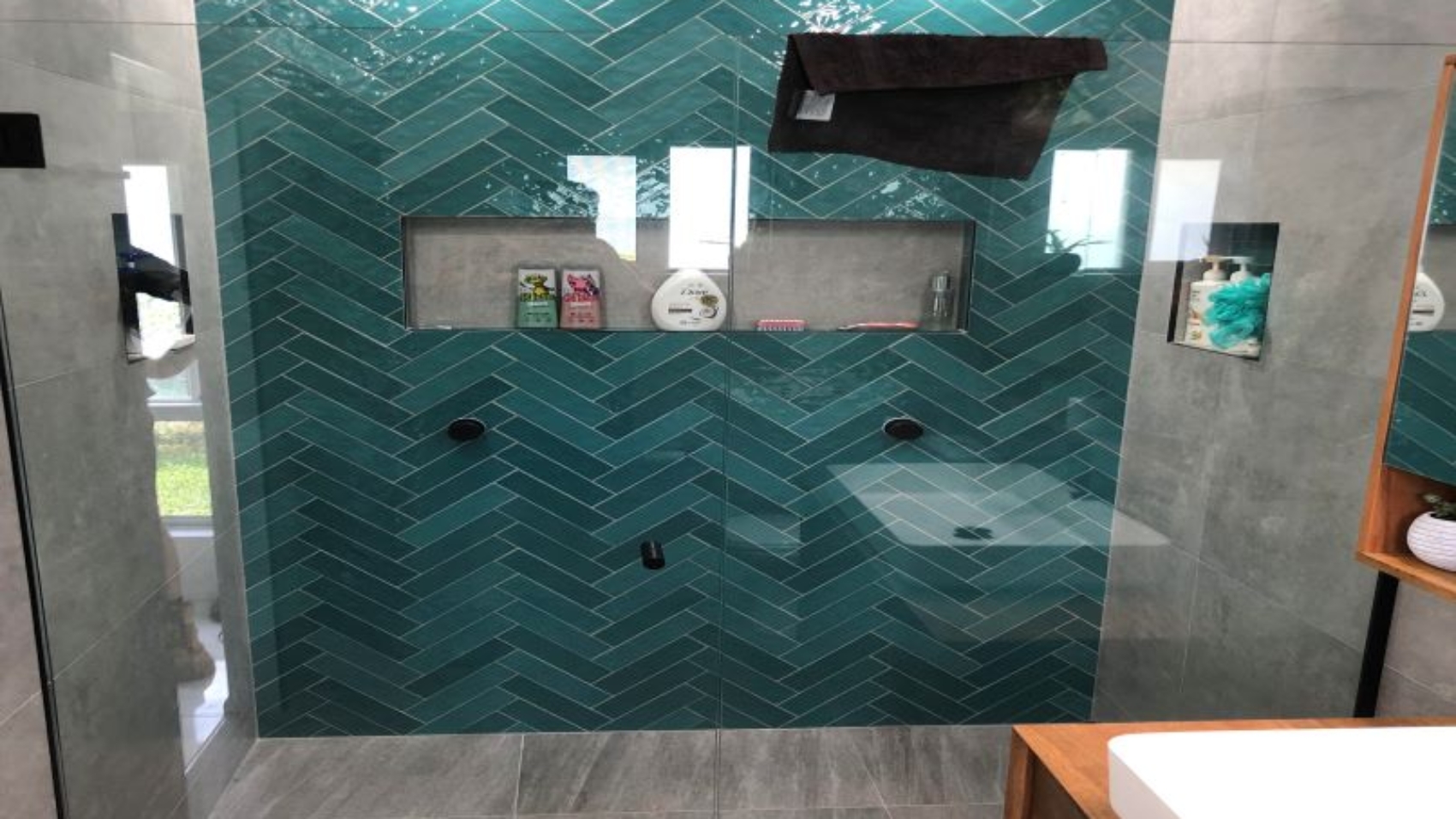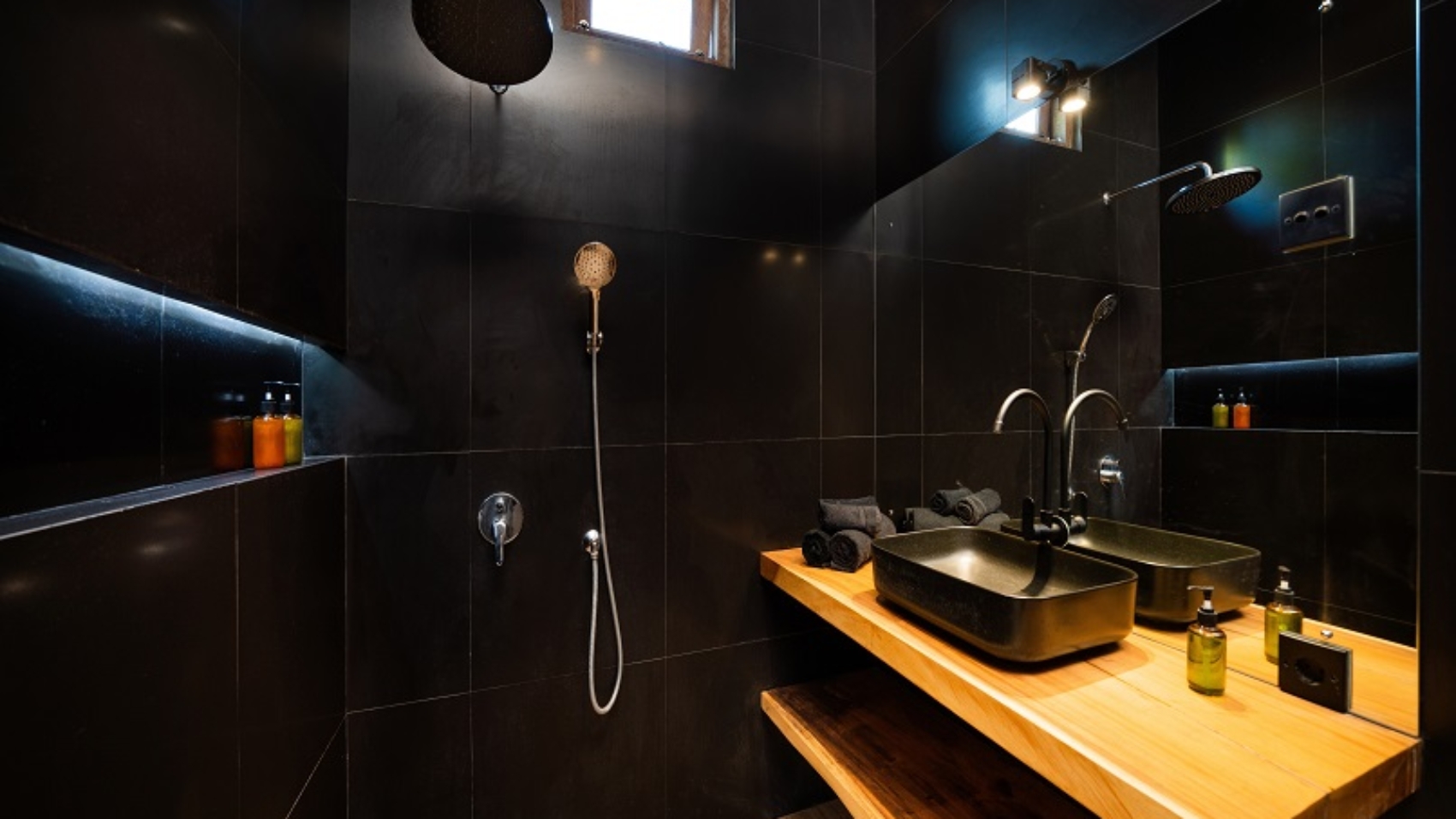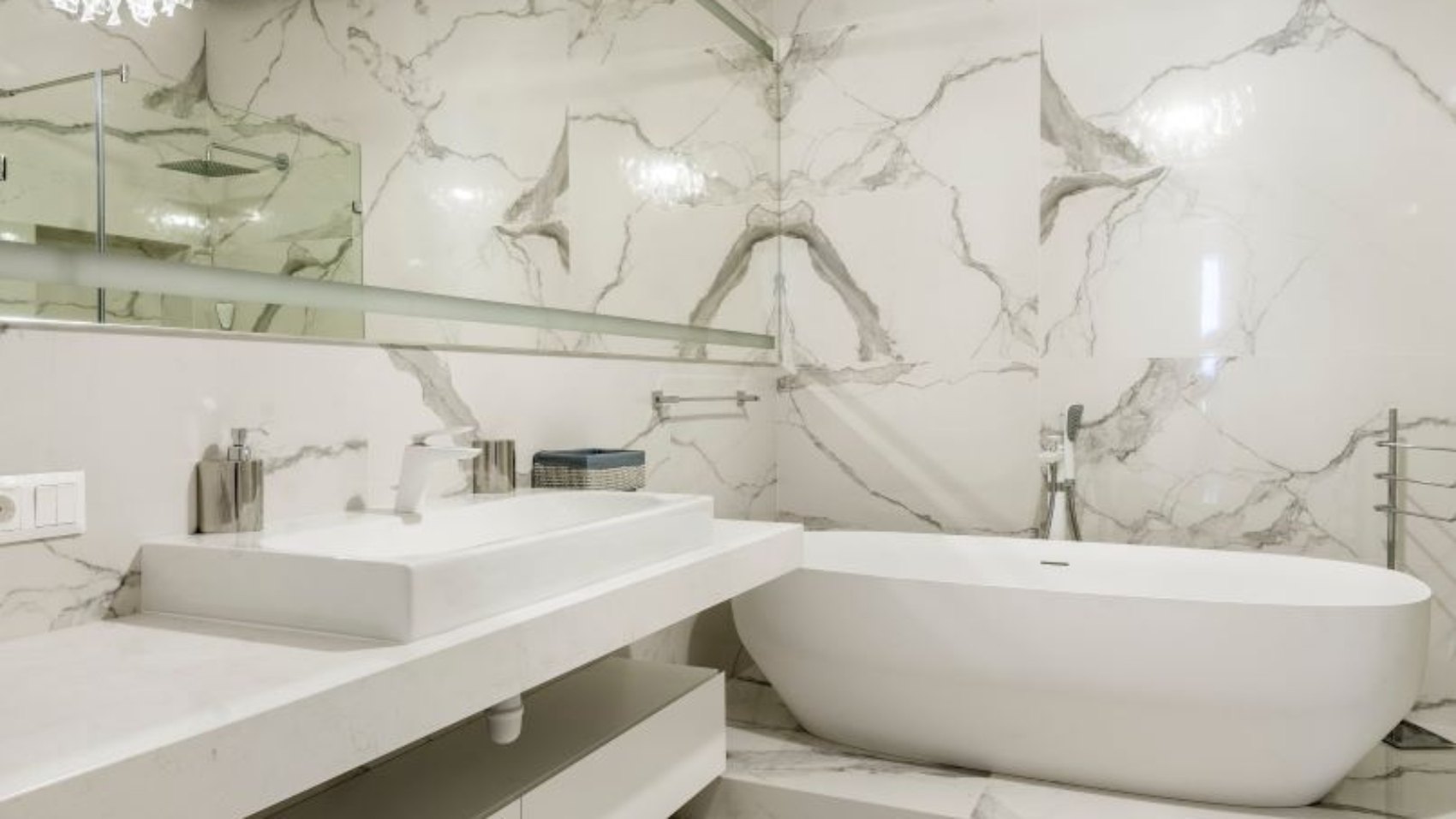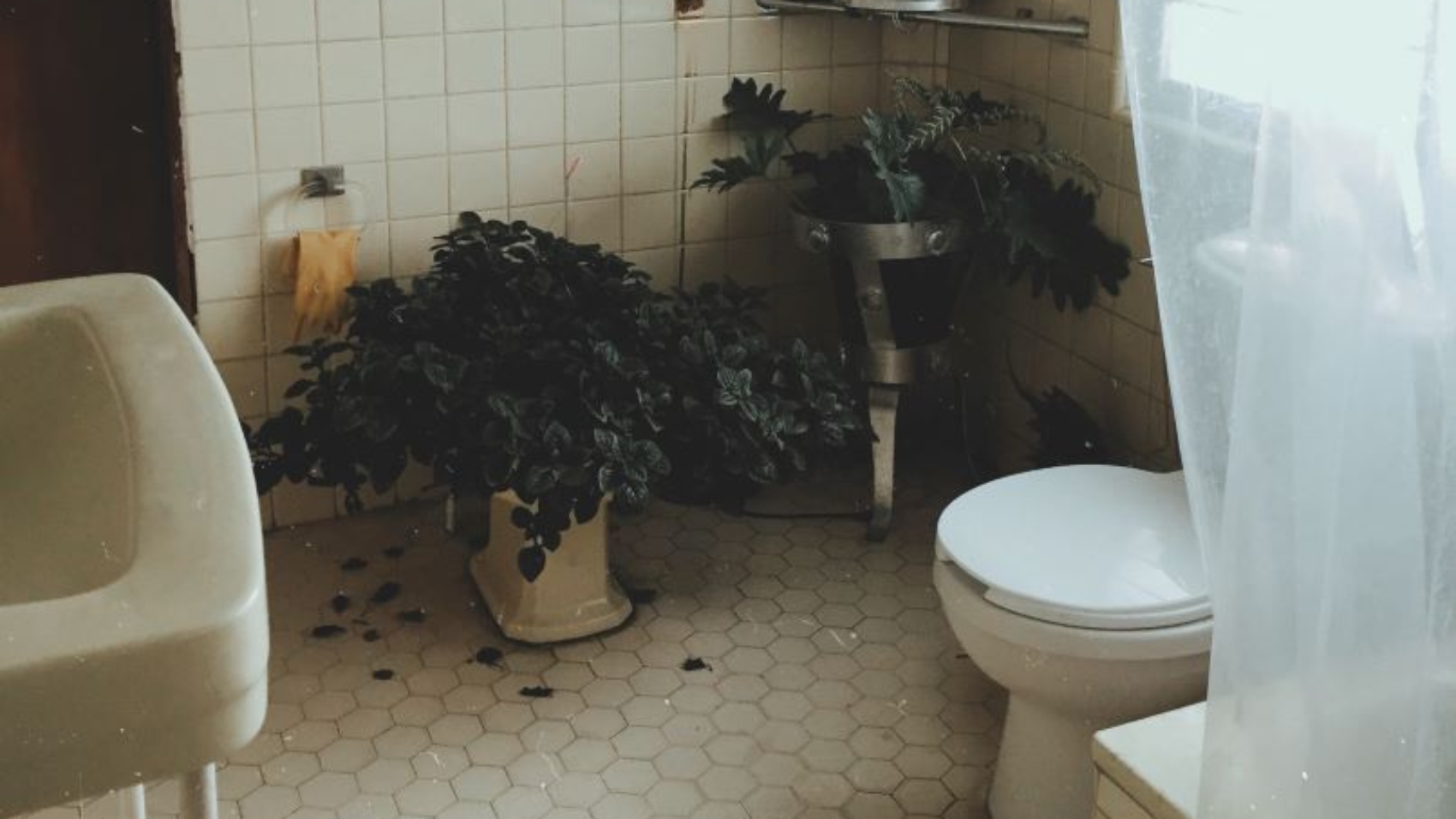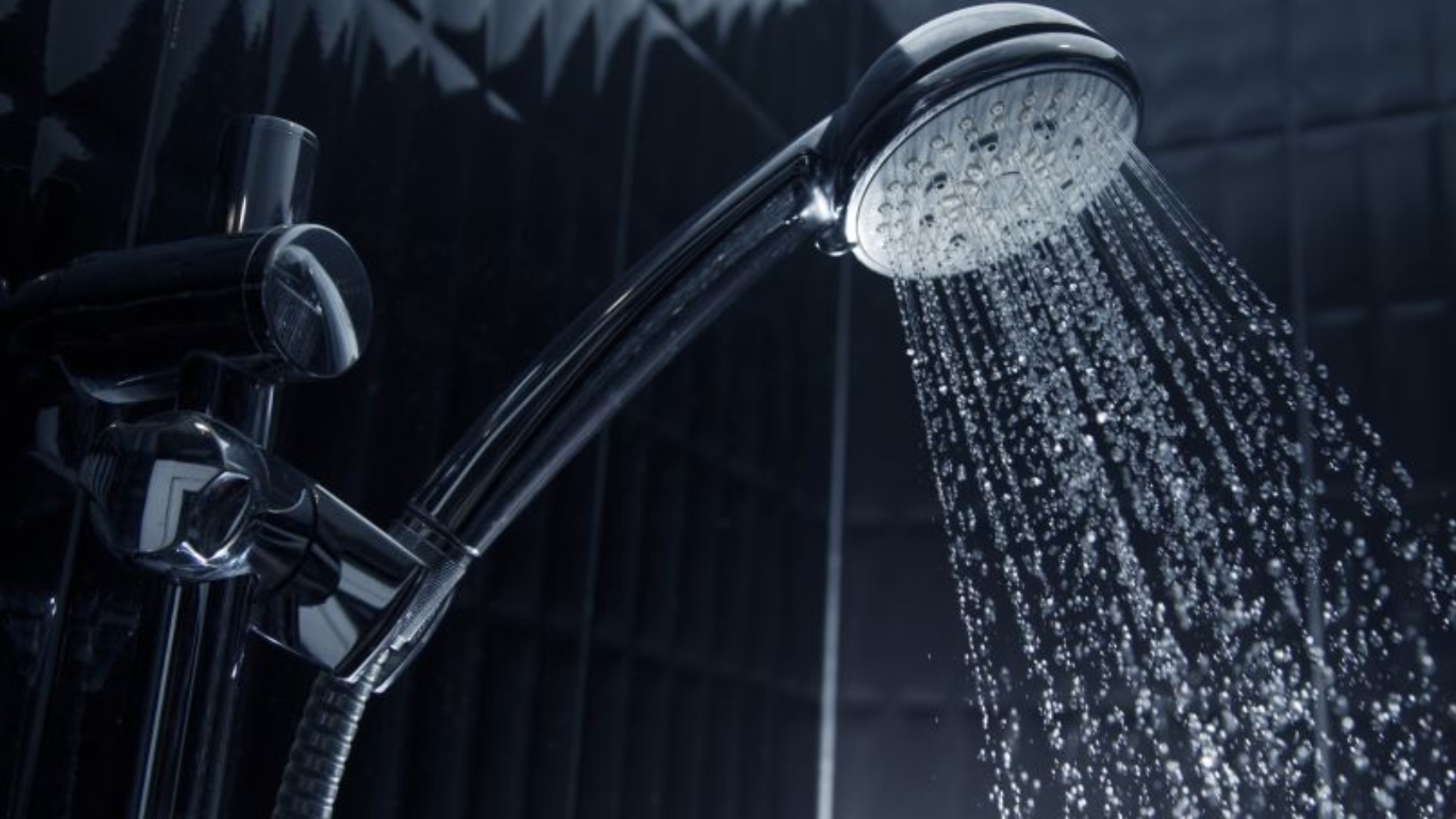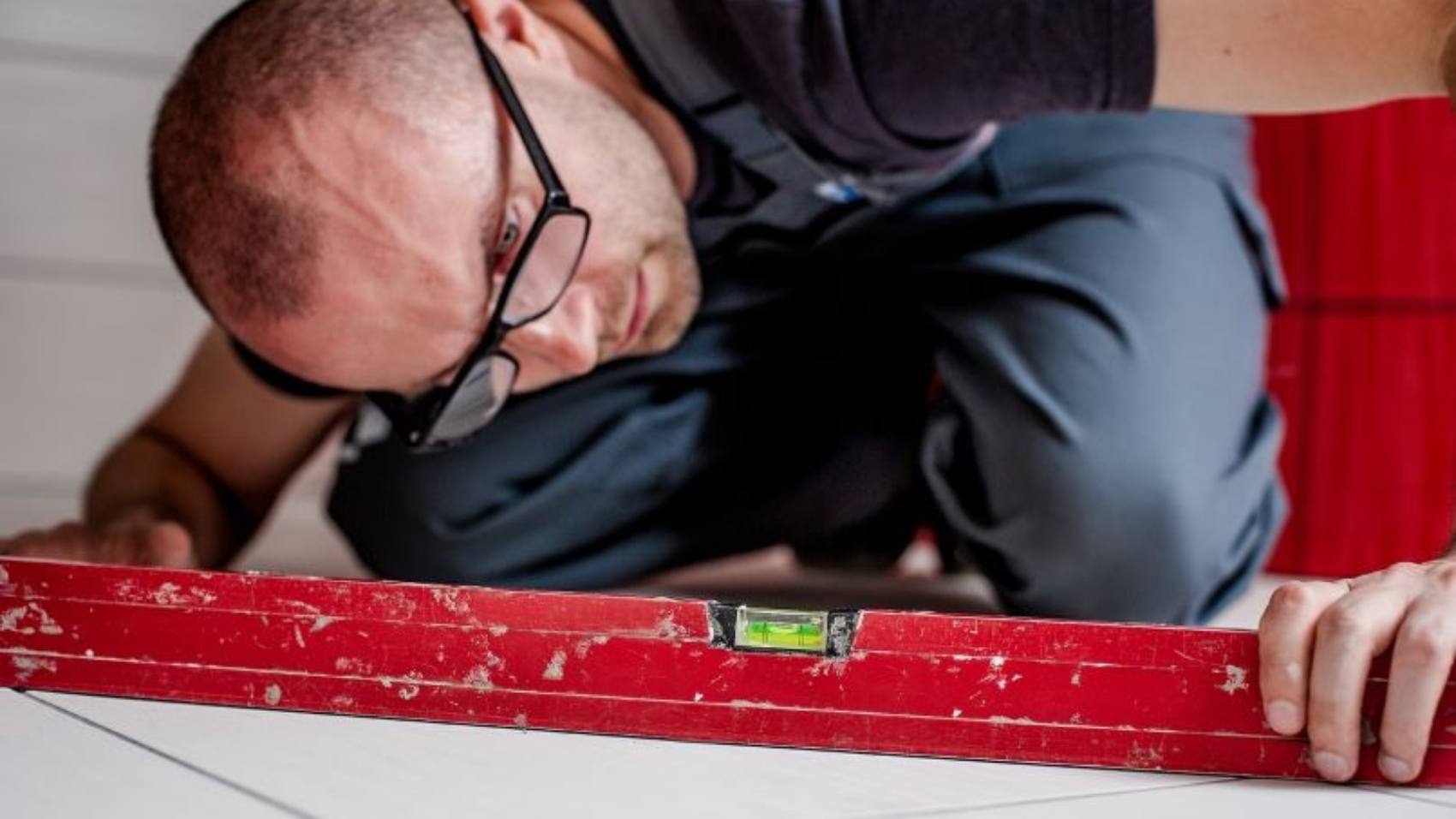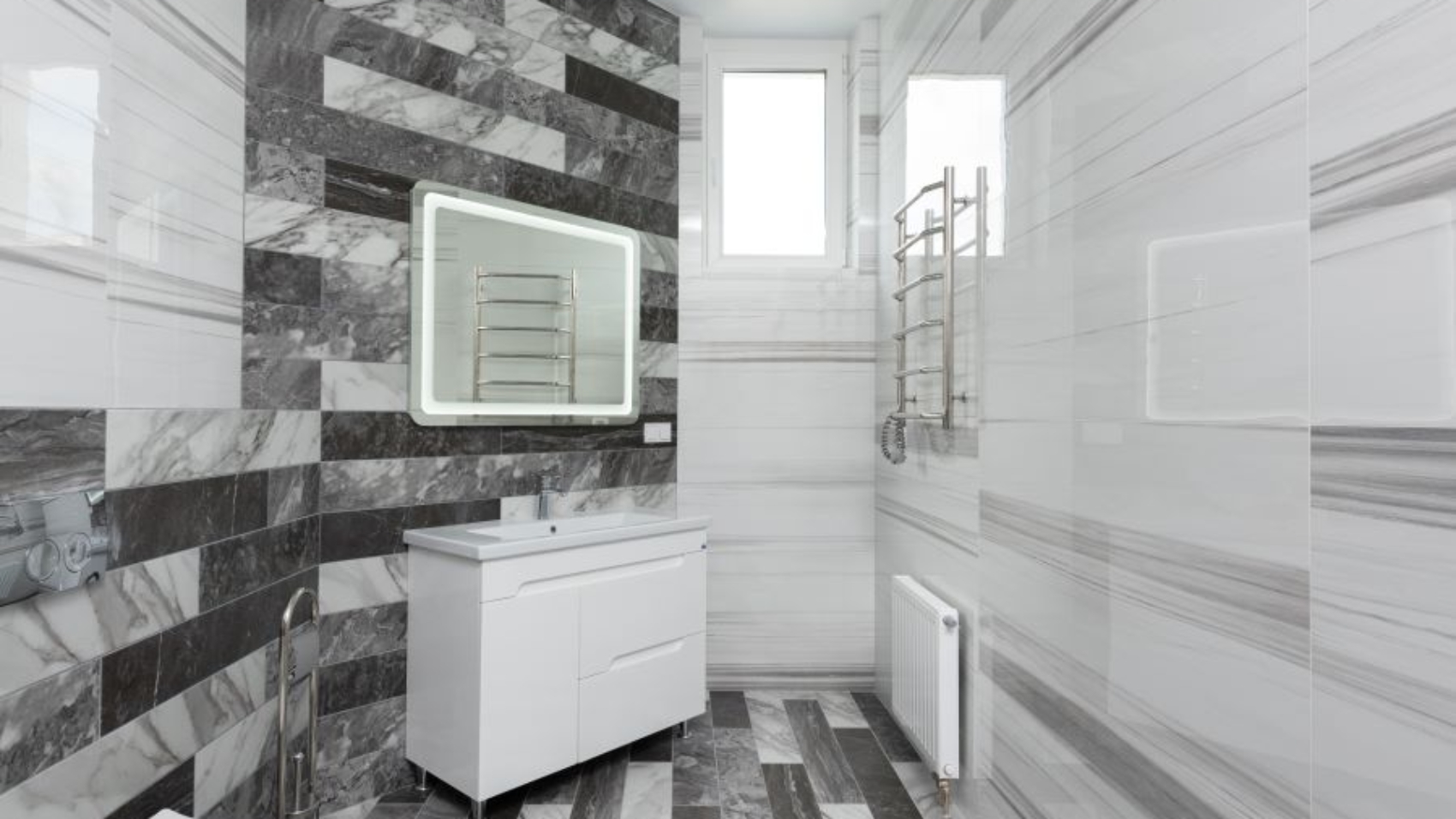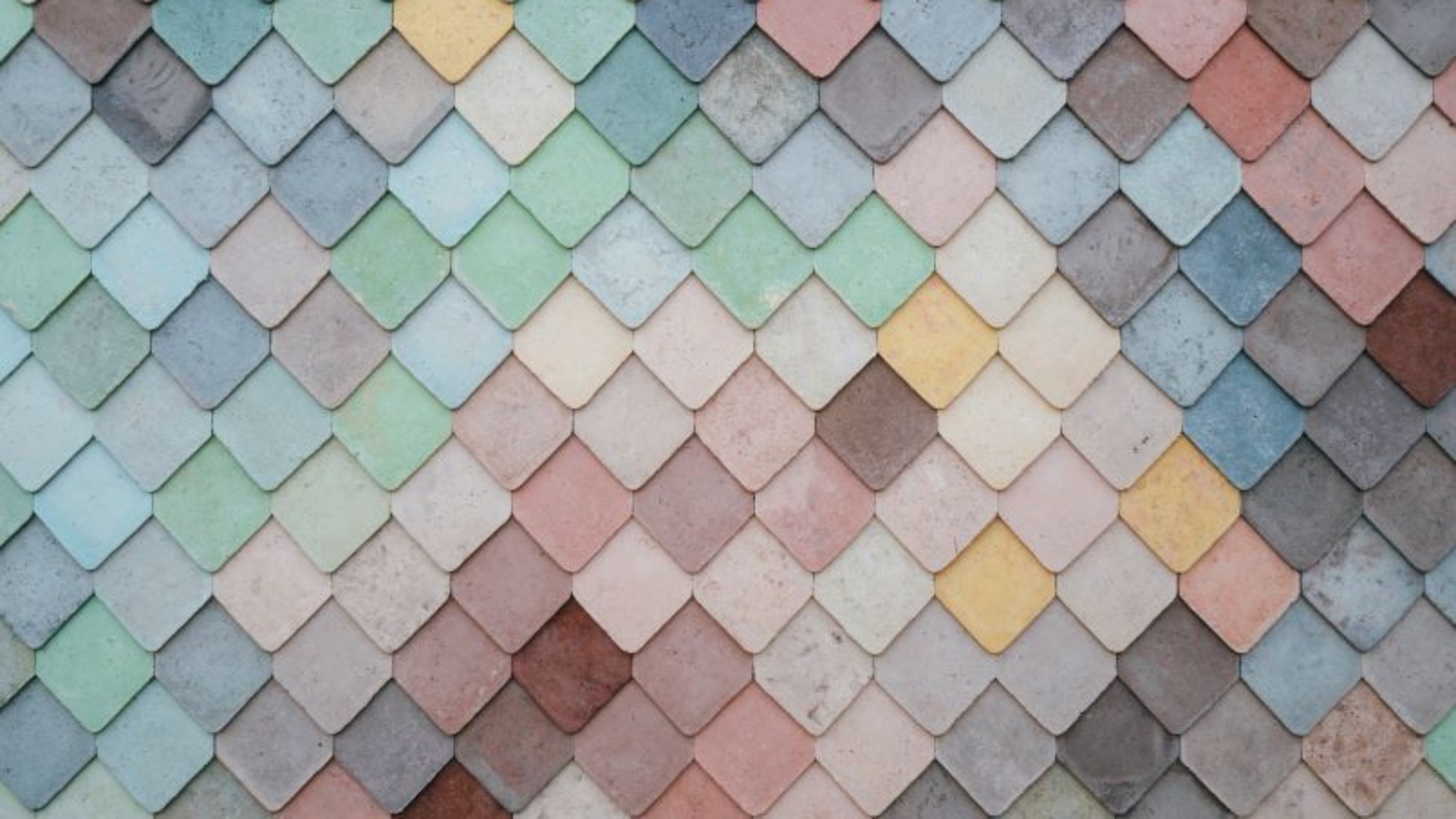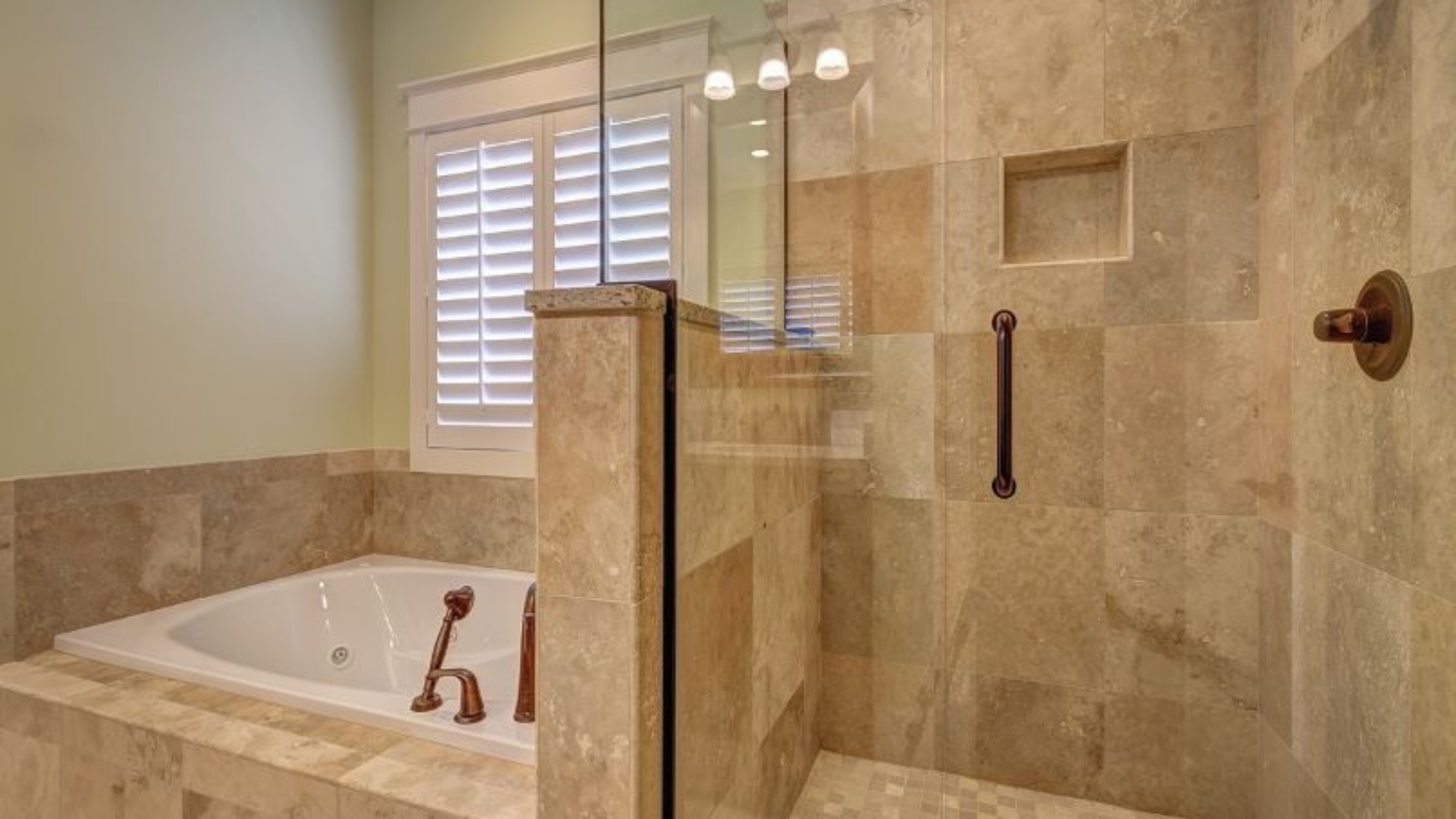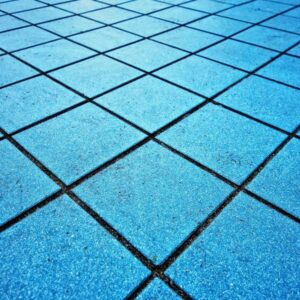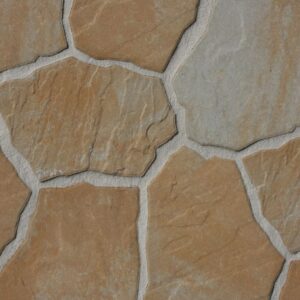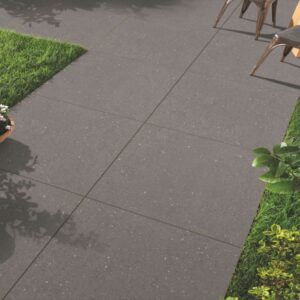We all know that a bathroom is a person’s haven; it’s a place to unwind and refresh. When it comes to creating this space, the appropriate colour scheme can make all the difference. That is why careful planning is necessary. Blue bathroom tiles design offers us a world of choices that create feelings of calm and serenity and allow for unexpected creative flexibility, making it very ideal for homeowners searching for a trendy bathroom design.
The Appeal of Blue Bathroom Tiles
Blue is a widely used colour. It is loved by a lot of people; also when you see it, you think of calm, peacefulness, and the greatness of the sky and ocean. One of the benefits of including blue bathroom tiles design is that it may create a relaxing and pleasant ambience, excellent for resting after a long day. Whether you desire a light and airy spa-like atmosphere or a dramatic and sophisticated ambience, there is a shade of blue that will fit your style.
Blue Bathroom Ideas: Find Your Perfect Shade
The elegance of blue bathroom tiles is in the broad range of colours available. Take a look at some popular blue colours or blue bathroom ideas and the design aesthetic they create:
- Light Blue: Pale blues and baby blues are ideal for those looking a more peaceful, gentle colour. Since, these colours may give an illusion of spaciousness and calm. They are really suitable if you have a small bathroom because they reflect light and make the space feel larger. Light blue bathroom tiles ideas can also use white fixtures as well as natural materials such as wood or woven patterns to improve and create a spa-inspired retreat in your bathroom.
- Navy Blue: If you like a more bold look in your bathroom, there are dark and dramatic navy blue tiles to suit you. With the daring appeal of these tones it can produce a luxury and sophisticated ambience. They can also look great with brass or gold fixtures for an added touch of elegance. It is ideal to use navy blue bathroom tiles on the floor or as a statement wall, which you can balance with lighter features such as white worktops or vanities.
- Teal: If you have a cheerful attitude and prefer bright hues, teal is an excellent choice for you. Teal is a bright and energising colour that adds personality to a bathroom. If you want a well-balanced style, match it with white, grey, or beige. Then to brighten the area, think about including a teal-blue bathroom tiles design into a shower inclosure or as an accent wall.
- Ocean Blue: Looking for a peaceful vibe? You may create the calming feelings of the beach by using ocean blue tiles. This colour or other blue bathroom tile ideas can create a spa-like ambience and look great with natural materials such as stone or pebbles.
Blue Bathroom Tiles Design Inspiration
Once you’ve decided on your ideal shade of blue, you can now consider these design choices to bring your ideas to life since design is not enough for a transformation of a bathroom:
- Monochrome Magic: A monochromatic blue scheme can help you achieve a coherent and calming appearance. Try using different kinds of blue tiles design for the walls, floors, and even the shower. Be imaginative and break up the monotony using white fixtures and textures.
- Pattern Play: Adding aesthetic appeal with patterned blue tiles is also a good idea for a blue bathroom. Geometric patterns such as hexagons or herringbones can create a modern touch, but Moroccan-inspired themes provide a more exotic vibe.
- Metallic Mix: Thinking about redesigning your bathroom? Why not add metallic touches to your blue bathroom design. These gold or brass fittings can provide a sense of sophistication, whilst silver creates a sleek and modern appearance.
- Natural Harmony: Nobody wants an overly decorated blue bathroom. That is why you should balance or combine the coolness of blue with natural materials such as wood vanities, stone countertops, or woven baskets. This way you can produce a warm and welcoming feel in your space.
Frequently Asked Questions (FAQs) about Blue Bathroom Tiles
Are the blue bathroom tiles too cold?
- Not necessarily! Because lighter tones of blue can produce a spa-like feel, while warm features like wood or brass accents can balance out any coolness.
What hues look good with blue bathroom tiles?
- The colours that would look good with blue bathroom tiles are white, grey, and beige. These shades are all safe picks for creating a balanced appearance. However, you may also experiment with bolder hues such as yellow or green for a more playful feel; it all depends on what you would like to achieve with your blue bathroom.
Can I use a blue tiles design on the bathroom floor?
- Absolutely! If you’re going for a unique appearance to your bathroom, blue floor tiles are perfect for you. However remember, to ensure safety, use a slip-resistant variety.
Blue bathroom tiles offer endless design ideas. There are a variety of blue bathroom designs ranging from relaxing light blues to daring navy hues, there’s a colour to suit your taste. With careful planning and a little creativity, you can design a bathroom that is both relaxing and elegant.
So don’t wait any longer; browse all of the fantastic blue bathroom tiles designs and hire the best bathroom renovators to accomplish your desired blue bathroom ideas, such as Itile Bathrooms NT, the bathroom renovation professionals in Darwin, Palmerston, and Humpty Doo. Our organisation has many satisfied customers in the Northern Territory. If you need bathroom work done, such as installing blue bathroom tiles design, please contact us and we will gladly give you our unrivalled service.

